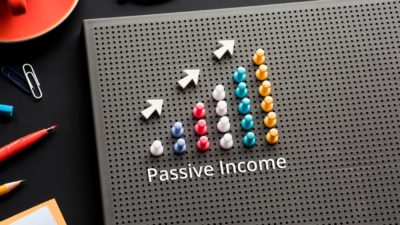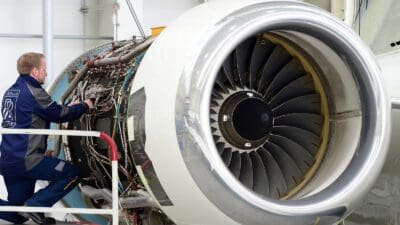 Aviva (LSE: AV) (NYSE: AV.US) had a dreadful run of falling earnings per share (EPS) during the recession, even slumping to a loss per share in 2012.
Aviva (LSE: AV) (NYSE: AV.US) had a dreadful run of falling earnings per share (EPS) during the recession, even slumping to a loss per share in 2012.
And the divided was famously slashed — though with EPS dropping and the dividend yield getting as high as 8.6%, the only real surprise is that it came as a surprise.
But since then, the earnings direction has been firmly reversed. City expectations for the year just ended in 2013 suggest EPS of around 42.6p, which would put the shares — currently priced at 466p — on a price to earnings (P/E) multiple of 11.
That’s way below the FTSE average of 17 right now, but whether it represents a bargain depends a lot on how things will shape up over the next couple of years. Here’s what the forecasts suggest:
| Dec | EPS | Change | P/E | Dividend | Change | Yield | Cover |
|---|---|---|---|---|---|---|---|
| 2013 | 42.6p | n/a | 11 | 14.9p | -22% | 3.3% | 2.9x |
| 2014 | 47.8p | +12% | 9.6 | 16.2p | +8.7% | 3.6% | 3.0x |
| 2015 | 51.6p | +8% | 8.9 | 17.9p | +10% | 3.9% | 2.9x |
Before recording that loss in 2012, Aviva only managed EPS of 11.1p in 2011 — and paid out a dividend of more than twice that, at 26p per share. Obviously something had to give, and the company bowed to the inevitable and rebased its dividends to a more sustainable level.
Earnings recovery
And that predicted EPS rise — from 11.1p in 2011, falling to a 15.2p loss in 2012, and then all the way back to better than 50p by 2015 — would be quite a rebound if it comes off. In fact, we’ll be back almost to pre-crisis levels. But individual analysts’ forecasts are quite diverse, so will it happen?
For the six months ended June 2013, Aviva reported EPS of 10.2p — still some way from that year-end prediction of 42.6p, but at least in positive territory. And it came from a pre-tax profit for the period of £776m, compared to a £624m loss at the same stage a year previously.
Chief executive Mark Wilson did say that “tackling our legacy issues will take time“, but he reckoned that progress on the turnaround front was satisfactory.
By third-quarter time, the value of new business was still rising, especially in Aviva’s growth markets of Turkey, Poland and Asia. Operating costs were falling, and the boss was telling us that “Progress is in line with our expectations and we remain focused on delivering cash flow plus growth“.
Results due
Final results are due on 6 March, and hopefully they’ll lead to a narrowing of the current spread of forecasts for subsequent years — and such a reduction in uncertainty could help the share price.
But whatever happens in the short term, Aviva does seem to be on the road back to earnings growth — and a two-year-out P/E of under 9 just looks too cheap. That’s partly why I have Aviva in the Fool’s Beginners’ Portfolio, where we’re currently in profit.







